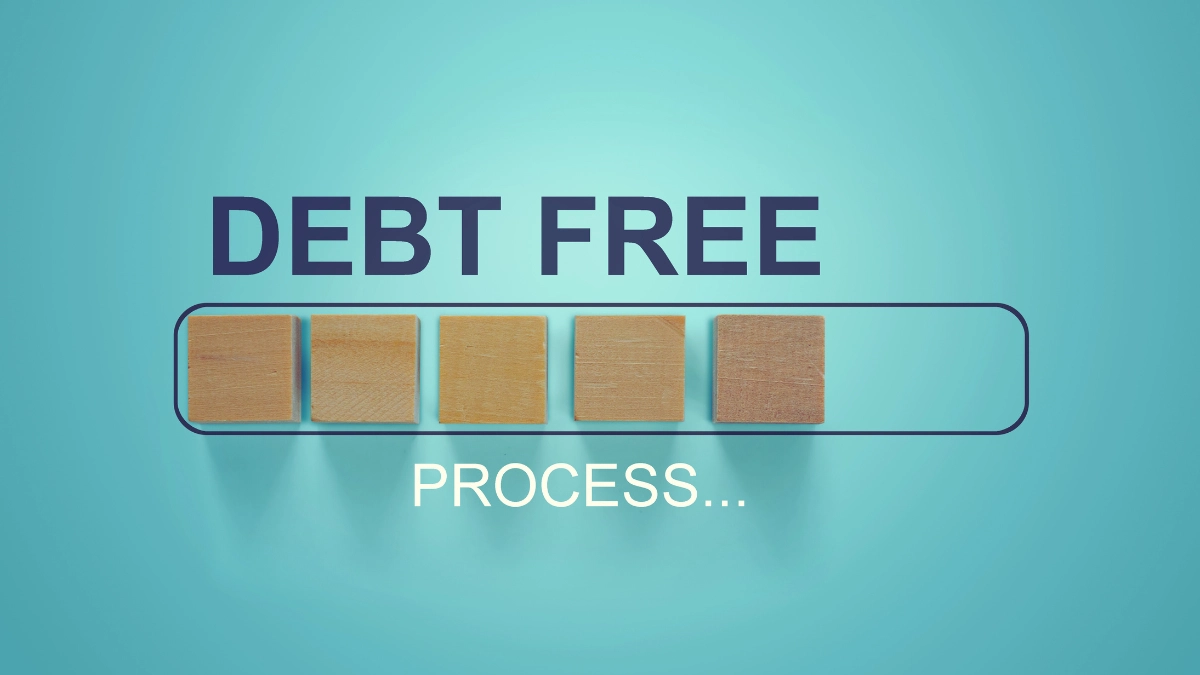Most people think budgeting means clipping coupons and cutting out coffee. They struggle with complex spreadsheets and often feel overwhelmed by the numerous expense categories. Meanwhile, their savings account stays empty while bills pile up.
What if I told you that self-made millionaires use a shockingly simple system? They allocate 70% for expenses, 20% for savings, and 10% for giving. But here’s the twist: they don’t follow these percentages like everyone else does.
The 70/20/10 budget rule isn’t what financial gurus typically teach. Wealthy individuals manipulate these numbers in ways that accelerate wealth building while maintaining financial freedom. Ready to discover how they use this three-number formula?
The 70%: Essentials and Lifestyle

Your largest allocation covers everything from basic survival needs to lifestyle choices. Housing costs, food expenses, transportation, healthcare, and discretionary spending all fall within this category.
The challenge lies in maintaining discipline as income increases, avoiding the trap of lifestyle inflation that consumes potential wealth.
This percentage includes both fixed expenses, like rent or mortgage payments, and variable costs such as entertainment and dining out.
Smart money managers understand that controlling this category directly impacts their ability to save and invest. The goal isn’t to live like a monk but to spend intentionally on things that truly add value to your life.
Successful wealth builders recognize that the 70% should decrease as a percentage of income over time, not increase.
They maintain modest lifestyles even as their earning power grows, redirecting excess funds toward wealth-building activities. This approach requires mental discipline and a clear understanding of the difference between needs and wants.
How Millionaires Use the 70%

Wealthy individuals often spend significantly less than 70% of their income on living expenses. They resist lifestyle inflation by maintaining the same spending habits even as their income multiplies.
This approach allows them to redirect substantial amounts toward investments and charitable giving without feeling deprived.
Many millionaires focus on value-driven purchases rather than status-driven ones. They buy quality items that last longer and provide better returns on investment.
Their spending decisions are strategic, considering long-term value rather than immediate gratification. This mindset shift transforms spending from consumption to investment thinking.
The wealthy also leverage their income to negotiate better deals and access exclusive opportunities.
They understand that maintaining lower living expenses provides flexibility to take advantage of investment opportunities when they arise. This financial cushion allows them to act quickly on wealth-building prospects that others might miss.
How to Strictly Implement the 70%

Start by tracking every expense for at least one month to understand your current spending patterns. Categorize expenses into needs and wants, then identify areas where you can reduce costs without significantly impacting your quality of life.
Use budgeting apps or spreadsheets to monitor your progress and stay accountable.
Set up automatic transfers to move money out of your checking account immediately after payday. This strategy forces you to live on the remaining 70% while ensuring your savings and investment goals are met first.
Consider using separate accounts for different expense categories to maintain better control over your spending.
Review your spending monthly and adjust as needed. Look for subscription services you no longer use, negotiate better rates for insurance and utilities, and find ways to reduce variable costs.
The goal is to gradually decrease your living expenses as a percentage of income while maintaining or improving your quality of life.
The 20%: Savings and Investments

This allocation forms the foundation of your wealth-building strategy. Emergency funds, retirement contributions, investment accounts, and other savings goals compete for this portion of your income.
The key is treating this 20% as a non-negotiable expense, not something you save if money is left over at the end of the month.
Building wealth requires consistent contributions over time, taking advantage of compound interest and market growth.
This category should include both short-term savings for emergencies and long-term investments for retirement and wealth accumulation. The mix depends on your age, risk tolerance, and financial goals.
Smart investors understand that 20% represents a minimum threshold, not a maximum. As income grows, successful individuals increase this percentage significantly, sometimes reaching 40% or more.
This aggressive savings rate accelerates wealth building and provides more financial security and options for the future.
The Millionaire Investment Strategy

Wealthy individuals typically allocate 25% to 40% or more of their income to savings and investments. They understand that aggressive saving rates in their early earning years compound into substantial wealth over time.
This approach requires short-term sacrifice for long-term gain, but the results speak for themselves.
Millionaires diversify their investments across different asset classes, including stocks, bonds, real estate, and business ventures.
They focus on growth-oriented investments that can outpace inflation and provide substantial returns over time. Many also invest in themselves through education, skills development, and networking opportunities.
The wealthy also take calculated risks with their investments, understanding that higher returns often require accepting higher volatility.
They maintain long-term perspectives, avoiding emotional decisions based on short-term market movements. This disciplined approach allows them to benefit from market growth while minimizing the impact of temporary downturns.
Practical Implementation of the 20%

Automate your savings and investment contributions through direct deposit or automatic transfers. Set up separate accounts for different goals, such as emergency funds, retirement accounts, and investment portfolios.
This automation ensures consistent contributions regardless of your monthly spending habits or emotional state.
Maximize employer-sponsored retirement plans, especially if your company offers matching contributions. This represents free money that can significantly boost your long-term wealth accumulation.
Consider increasing your contribution rate annually or whenever you receive a raise to maintain momentum in your wealth-building efforts.
Monitor your investment performance regularly, but avoid making frequent changes based on short-term market movements. Rebalance your portfolio annually to maintain your desired asset allocation.
Consider working with a financial advisor to develop a comprehensive investment strategy aligned with your goals and risk tolerance.
The 10%: Debt Repayment or Giving

This final allocation serves dual purposes depending on your financial situation. For those with debt, this percentage focuses on eliminating high-interest obligations that hinder wealth building.
For those without significant debt, this allocation supports charitable giving and community involvement, creating a sense of purpose beyond personal wealth accumulation.
The strategic use of this 10% can significantly impact your financial future. Eliminating high-interest debt provides guaranteed returns equivalent to the interest rate you were paying.
Once debt is eliminated, redirecting these funds toward charitable giving creates tax benefits while supporting causes you care about.
Many successful individuals view charitable giving as an essential component of their financial plan. This approach creates a balanced relationship with money, focusing on both accumulation and distribution.
The habit of giving also provides perspective on wealth and helps maintain gratitude for financial success.
The Wealthy Approach to Giving and Debt

Most affluent people maintain little to no debt, enabling them to channel this complete allocation toward charitable contributions and philanthropic endeavors.
They recognize that thoughtful charitable contributions offer tax advantages while funding meaningful causes close to their hearts. This approach creates a legacy beyond personal wealth accumulation.
Many millionaires establish foundations or donor-advised funds to maximize the impact of their giving. They research charitable organizations thoroughly, focusing on efficiency and measurable outcomes.
This strategic approach ensures their contributions create meaningful change while providing maximum tax benefits.
The wealthy also use this allocation to support family members and invest in their communities. They understand that building wealth includes building relationships and supporting others’ success.
This broader perspective on wealth creates networks and opportunities that often lead to additional wealth-building prospects.
Executing the 10% Strategy

If you have debt, prioritize high-interest obligations first, such as credit cards and personal loans. Make minimum payments on all debts, then allocate any extra funds to the highest-interest debt until it’s eliminated.
This debt avalanche method saves money on interest payments and accelerates your path to financial freedom.
Once debt is eliminated, transition this allocation to charitable giving and philanthropy. Research organizations aligned with your values and establish recurring donations to create consistent support.
Consider setting up a donor-advised fund if your giving reaches substantial levels, as this provides tax benefits and strategic flexibility.
Track the impact of your giving to ensure your contributions create meaningful change. Many organizations provide regular updates on how donations are used and the outcomes achieved.
This feedback helps you make informed decisions about future giving and creates personal satisfaction from your charitable contributions.
The Impacts of the 70/20/10 Rule

This framework creates lasting behavioral changes that extend far beyond simple budgeting, establishing patterns that support lifelong financial success.
- Encourages disciplined spending by setting clear limits on lifestyle expenses, helping prevent overspending and lifestyle inflation
- Simplifies budgeting through an easy-to-follow percentage system, reducing stress and making financial planning more accessible
Promotes consistent savings and investment habits that lead to long-term wealth accumulation and financial security - Builds a financial safety net by prioritizing emergency funds and smart debt repayment, increasing resilience against unexpected expenses
- Integrates generosity into budgeting, fostering meaningful charitable giving and a sense of purpose alongside wealth building
- Creates a balanced approach to money that addresses immediate needs, future growth, and social responsibility simultaneously
- Offers flexibility and adaptability, allowing individuals to adjust percentages based on life stage, income changes, and personal goals
- Encourages automation of financial goals through automatic transfers and payments, making disciplined money management effortless and sustainable over time

